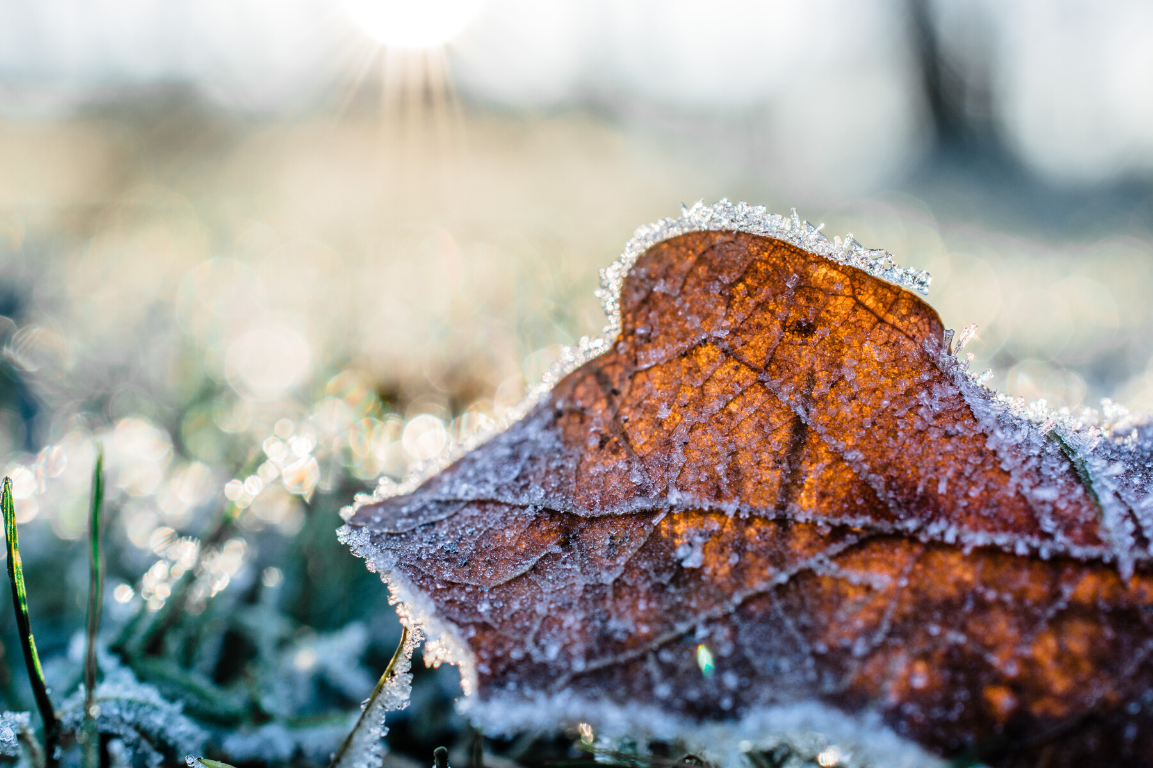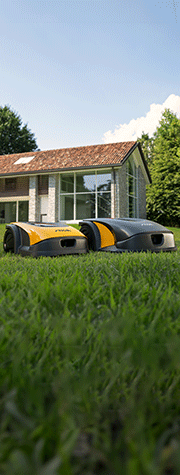
Disease
Cold temperatures together with a lack of sunshine can really stress the lawn, making it more prone to disease. And you can help your grass by keeping it clear of debris. Just simple leaves and twigs can create ideal conditions for fusarium, a deadly disease. So remember to pop outside and do a little routine cleaning up, especially after windy weather.
Changing weather
This is affecting all of us and changing the gardening calendar we’ve been used to for decades. So there may be some jobs you would normally have left for a month or two that should be done now in January. Here are the three most important:
Feed: That’s right, a mid-winter feed! And just by including an application of Sulphate of Iron or FE (no NPK so don’t panic) you can perform little miracles - helping the turf to harden off against disease attack, locking up any leftover nutrients, killing off any moss bloom and even gaining the lawn a little colour! It’s what the pros do all over the world, and it could just be one of the most important feeds you will ever do! This can be applied via lawn sand, but as this product is a foliar feed it is better to use a sprayer or even a watering can, for a much better coverage.
Mowing: If it’s still growing, then keep mowing! And even though your winter feed lacks nitrogen, it will still help invigorate the grass enough to warrant getting out the mower. Give the blade a good sharpening first, and set the cut high for a light trim. With the extra colour from the winter feed, you can even get creative with stripes! Believe it or not, light winter mowing can be really good for the lawn; good mowing is good maintenance and prevents problems from occurring – the best of proactive lawn care!
Soil: Lawns and grasses are all about the soil. And good lawn soil is all about aeration, stimulating the soil to keep it healthy. But don’t reach for your garden fork; put it away and leave it for the rest of the garden. It’s not meant for the lawn and you will only get poor results. We want maximum impact – and that means hollow tine aeration. Pick some good weather conditions, use an efficient machine or hollow tine fork, and remember to collect those cores from the surface. Add them to the compost bin or you could even use them to fill in any hollows. This way you won’t even need to reseed these as the cores are full of the natural grasses that are already in your lawn.
So, unless there’s snow and frost, don’t let the January blues stop you enjoying a little light lawn care. It will all help your grass to start the growing season in a much better condition.


 Free Delivery
Free Delivery White glove service
White glove service Payments
Payments